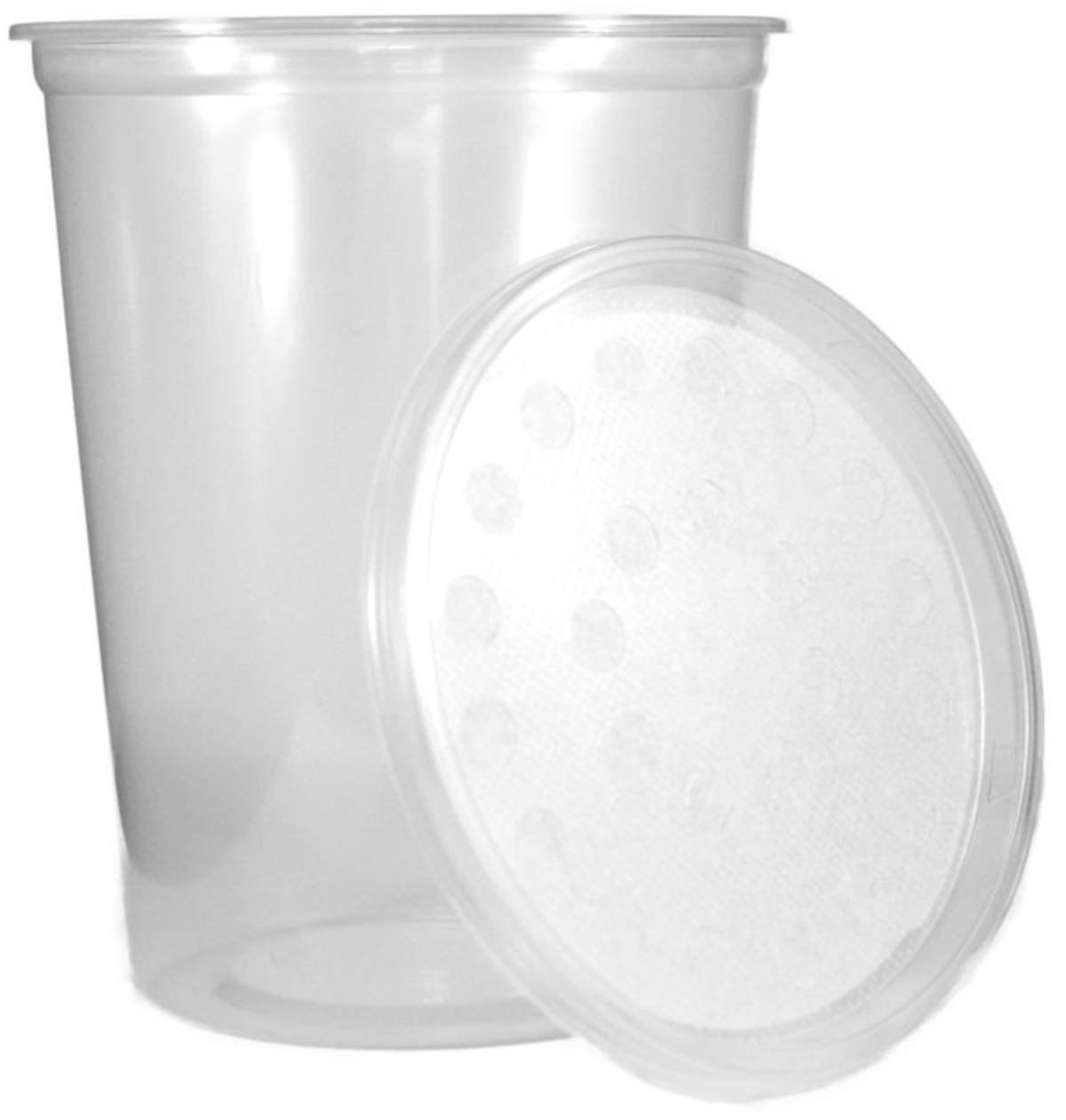JonIverson
Arachnopeon
- Joined
- Jul 11, 2017
- Messages
- 49
Thanks for the info. I'll take a look at the video, looks interesting.
Well, I made the heated enclosure today and I am testing it in the refrigerator. That's a good starting point since it will be about 10 F less than the lowest the enclosure will be exposed to. The temperature is staying between 68-72 F when the environment is 39 F. Good enough.
Well, I made the heated enclosure today and I am testing it in the refrigerator. That's a good starting point since it will be about 10 F less than the lowest the enclosure will be exposed to. The temperature is staying between 68-72 F when the environment is 39 F. Good enough.









